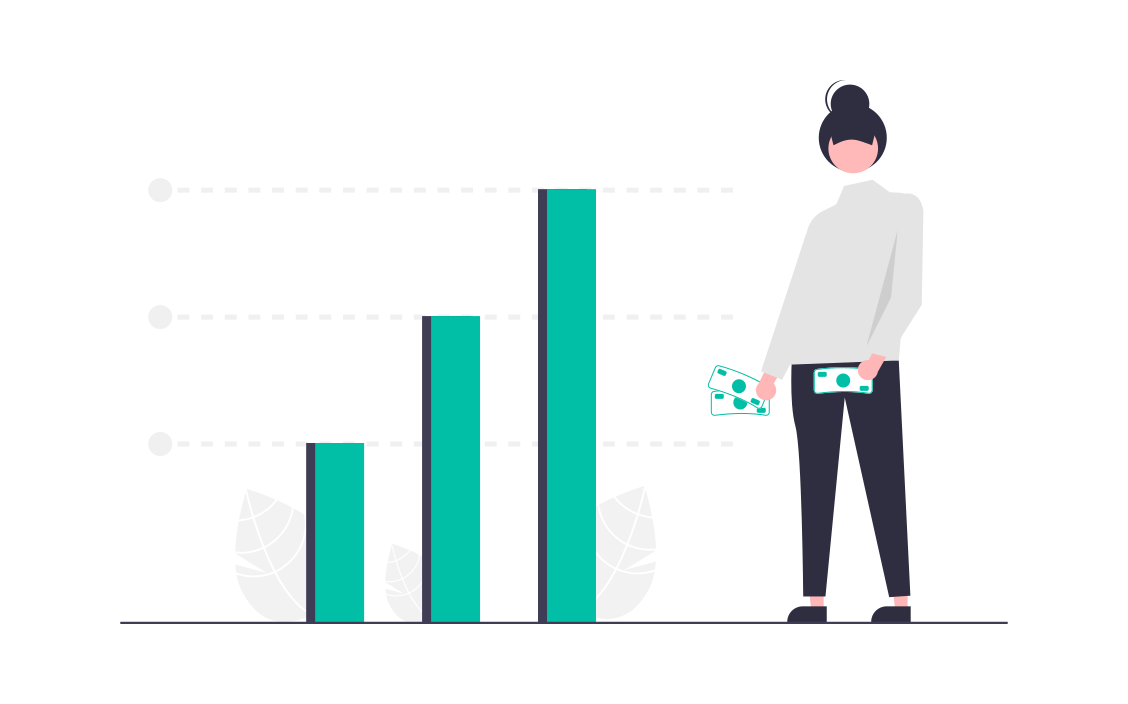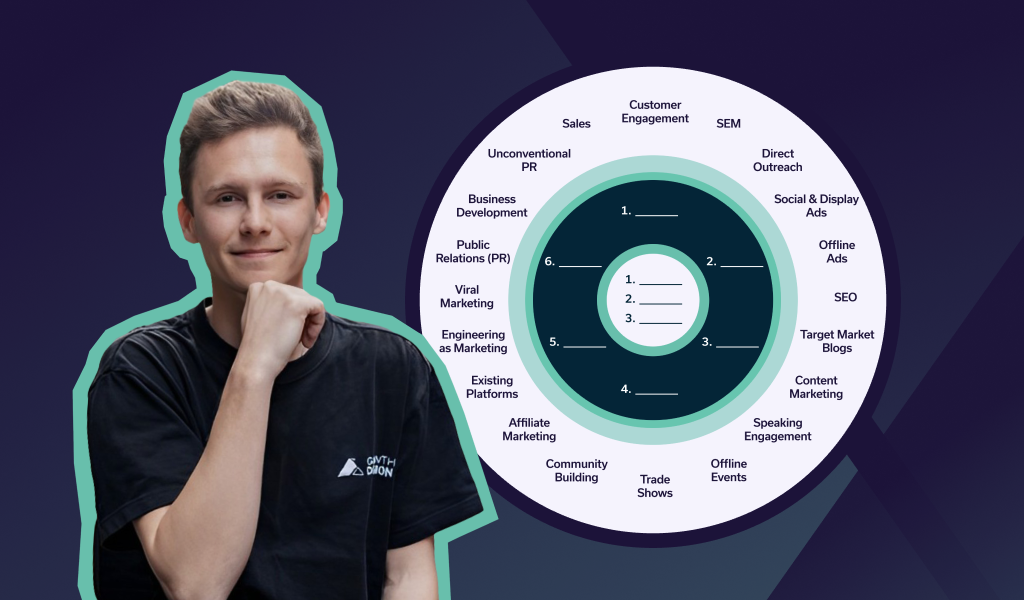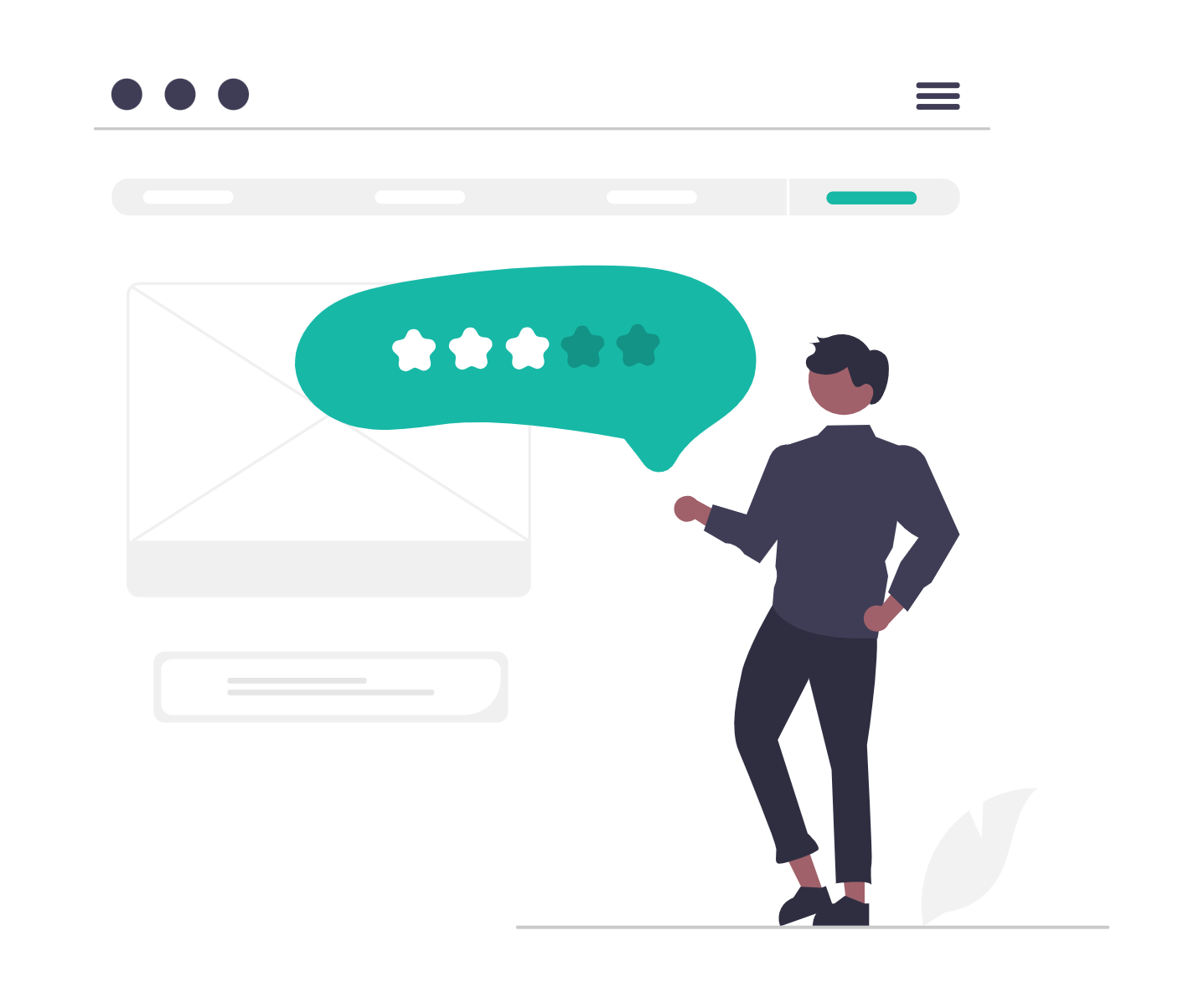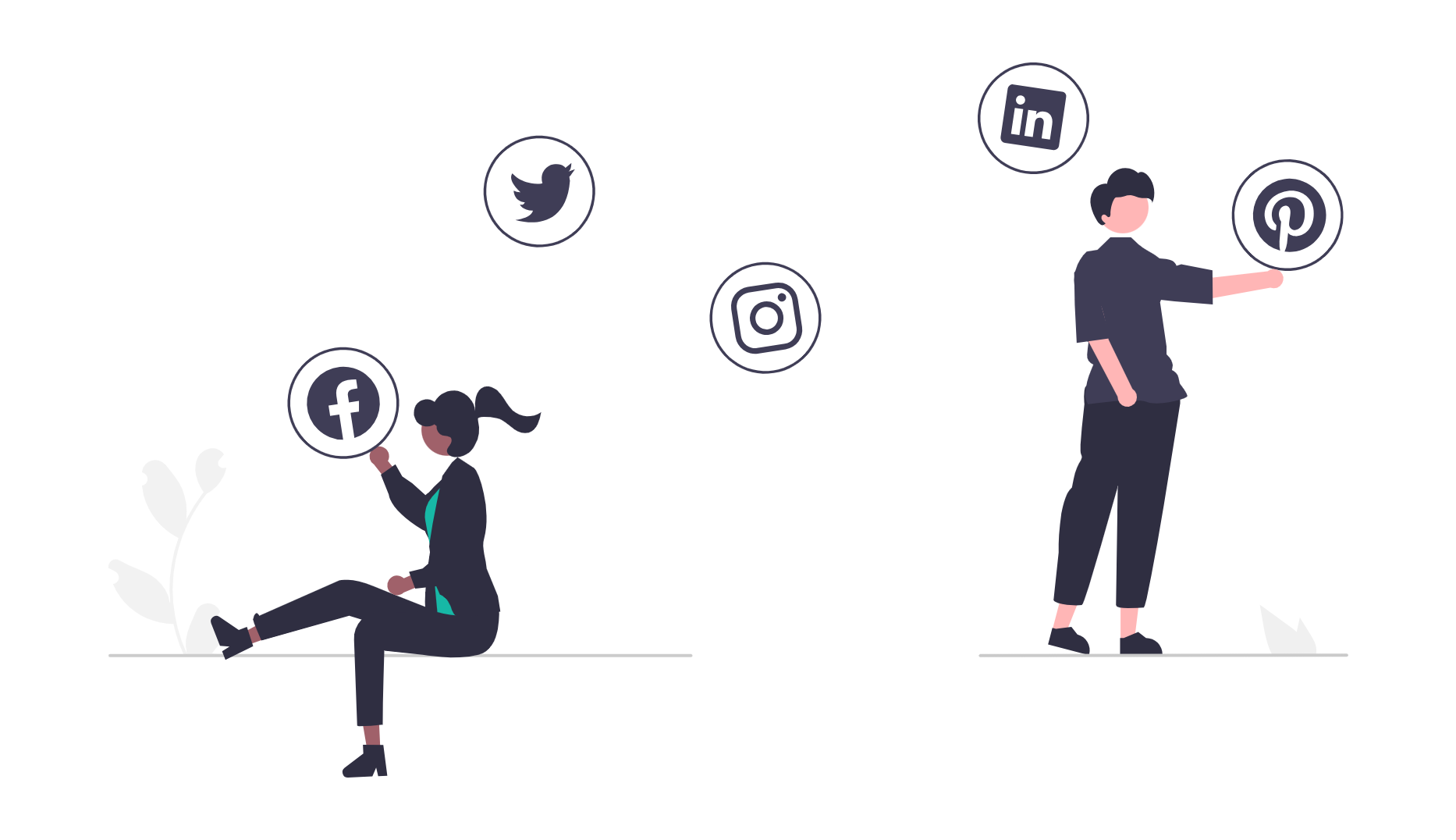Customer acquisition cost is one of the most important metrics for a business to track. Its relation to lifetime customer value (LTV) essentially determines whether the business is viable or not. It is impacted by your product, your price, your positioning, your targeting, your creative - essentially every aspect to marketing.
In this blog we're going to discuss customer acquisition costs and give some growth marketing agency benchmarks to help give you a steer as to how you're doing compared to other organisations.
What Is Customer Acquisition Cost?
Customer acquisition cost essentially measures how much your business spends to win a customer. It's a vital metric for budgeting, financial planning and marketing investment decisions. It's a core aspect to measuring the success of marketing campaigns.
You may well also have heard the term cost per acquisition or CPA. This is a slightly different metric. CPA measures the media spend cost per individual acquisition - eg what you spent to get an app download with Meta ads, or on LinkedIn to get a newsletter sign-up. CAC measures all costs that have gone in to acquiring a full paying (or engaged, if your product/service is not paid for) customer including media spend, creative cost, salaries, consultancy fees etc.
Usually, it is paired with LTV to give you a LTV/CAC ratio. You divide your average LTV by your CAC - and ideally you want a figure of around 3 or higher. If your LTV is lower than your CAC, you're in trouble.
How Do I Calculate Customer Acquisition Cost?
Your CAC is your total marketing cost for acquiring new customers divided by the total number of new customers acquired in a given period of time.
The given period of time is worth thinking about, because it varies from business to business. For example, a D2C brand may be able to calculate a reliable CAC from 3-4 weeks worth of data because most people will buy very quickly after seeing an ad. But for some B2B enterprises, the sales cycle can be so long that you need to set the time period to several months in order to capture the full data of costs and acquired customers.
It's also important that you're honest regarding the total marketing cost. If a Google Adwords campaign spent £30 and acquired 1 customer, that doesn't give you a CAC of £30. You need to account for any management fees, copywriting fees, etc etc.
The last point is why it can sometimes be difficult to calculate a reliable CAC on a channel-by-channel basis. Sometimes the overall marketing costs spread over several channels, and the channels interact with each other across the marketing funnel as a user engages with multiple touchpoints.
Average B2C Customer Acquisition Costs
The first thing to say is that typical customer acquisition costs can be extremely variable. Different industries have different standards, depending on the value of the product and the competitiveness of the space.
Gambling companies like Betfair will have very high CACs - 100s of $ sometimes - because there are lots of non-differentiated competitors in the space, so they will compete to spend more to acquire customers, and also because they will have done complex calculations to determine LTV and payback period (amount of time that it takes for customer spend to exceed CAC - repeat business is vital for companies like them).
Other products like Bow Wow Pet Treats may have a far lower CAC because their average order value and LTV is lower, and they may be more differentiated from the competition. That doesn't mean their business is more viable than Betfair - it just means they're operating in a different environment.
As an indicator, here are some typical CACs by industry (updated for 2025):
- Automotive: $206
- Aviation: $591.50
- CBD: $79.50
- Construction: $247.50
- eCommerce: $66
- Financial Services: $159.50
- Home Services: $103
- Hotels & Resorts: $227.50
- Legal Services: $323
- Medical Device: $128.50
- Real Estate: $164.50
- SaaS: $166
- Solar Energy: $247
Source: FirstPageSage
As you can see - there is a huge amount of variation. In categories with a higher LTV, companies are willing to spend more to acquire customers. In categories with a lower LTV, they're willing to spend less.
These costs can be a helpful guide, but it's important to take them with a pinch of salt. There's a high amount of variability even with categories - the important thing is to make sure your CAC fits your business model.
Average B2B Customer Acquisition Costs
Below are some average CAC figures from a range of B2B industries based on data from FirstPageSage. As you can see, again, there are some huge ranges depending on the sector.
- B2B SaaS: $341
- Business Consulting: $901
- Commercial Insurance: $600
- Construction Supply: $486
- Financial Services: $1,202
- Law (Business / Commercial): $1,245
- Manufacturing & Distribution: $905
Once again, we'd suggest that you be careful when reading too much into these figures. For example - we have worked with B2B SaaS businesses that are prepared to spend far more than $341 for an acquisition and still remain highly profitable. Equally, we have worked with manufacturing companies who spend far less than $905 on a paid acquisition.
What is a ‘Good’ Customer Acquisition Cost?
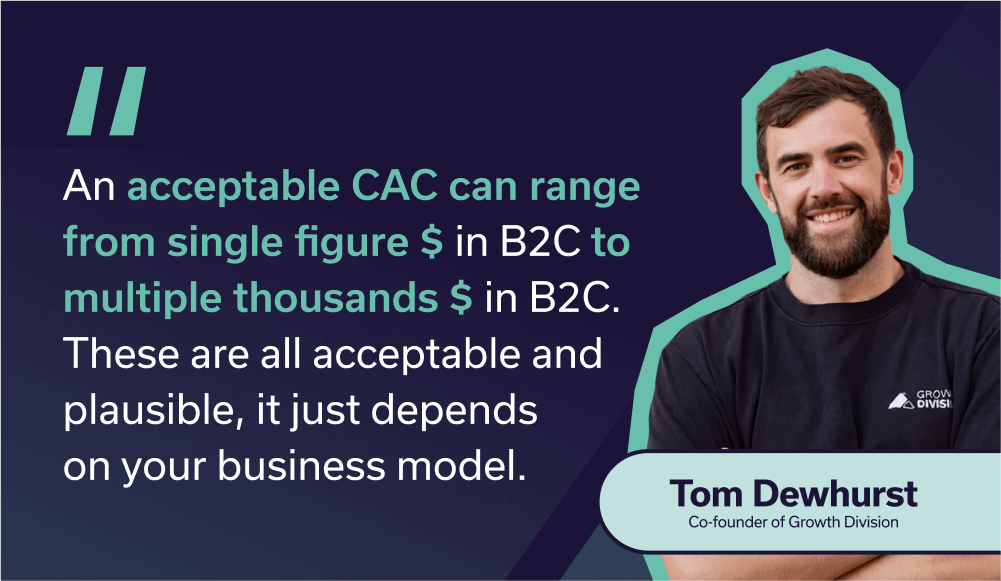
It’s easy to think that, as long as your CAC is less than your LTV, it’s ‘good enough’ – but this is not a sustainable profit margin. General wisdom states that a healthy CAC is around one-third of your LTV, or higher.
We asked our co-founder Tom Dewhurst the impossible question: what makes a ‘good’ CAC? Here was his advice:
“An acceptable CAC can range from single figure $ in B2C to multiple thousands $ in B2C. These are all acceptable and plausible, it just depends on your business model. This is what I always start by calculating LTV (Lifetime Value) when trying to work out an expected CAC for a startup. You can then work backwards using a ratio of between 3-10 (CAC/LTV).”, he said.
“Anything less than 3 and you've not got a sustainable profit margin and anything more means you risk being out-competed in the marketspace. I would also consider the payback period and gross profit when picking the recommended ratio. It's not a perfect science, but setting these estimations as hypotheses to prove is a good starting point.”
Your CAC should also never be set in stone, or ‘finished’. It should be something you’re continually working to optimise and improve upon.
With continuous attention (see suggestions below), your best CAC is yet to come.
How To Reduce Customer Acquisition Costs
This is the key challenge for most businesses. Overall, they'll want to be improving their LTV/CAC ratio - and increasing LTV is somewhat harder than reducing CAC.
The levers you have to pull regarding LTV include pricing, cross-sales and up-sales. But a lot of LTV is essentially fixed by the reality of the product and the market conditions.
But with CAC, there's more you can do. Key activities to try to reduce CAC would include:
Testing new/different channels
Different channels will prove to offer a lower CAC than others, so we’d always recommend experimenting with a few carefully-selected channels to begin with. Different channels will also support your overal CAC at different points in time. For example, direct outreach may bring in lots of leads early on, while SEO requires a significant upfront investment, with the leads coming in later down the line as rankings climb.
Running new creative/copy combinations
Testing new creatives and copy doesn’t mean throwing out your existing messaging and branding. It’s more a continuous process of tweaking, refining, and learning what resonates with your audience. Consistency is key – but ad blindness is also real.
Testing different targeting options
Many businesses start out with an idea of their ideal ICP, only for this to shift over time as they better understand who their product resonates with. Experimenting with your paid ad audience is essential to this process, and ultimately to lowering your CAC.
Re-positioning your brand
Similarly, you may start out with an idea of who will use your product and how, only to find it takes on a whole new use that you hadn’t anticipated. Listen to your customers, and experiment with new positioning options.
Improving your down-funnel conversion rates (with better landing pages, CTAs, and UX)
How can you make more of the traffic you’re already paying for? A/B test changes on your landing pages to improve the conversion rate, and therefore lower your CAC.
All of these can have an impact. But knowing exactly what to do, and where to focus first, is a challenge. That's where experimentation comes in. A growth marketing framework can be a vital tool to help you design and measure experiments to reduce CAC (or increase LTV).
Typically, we suggest working from the bottom of the funnel up. That means starting with the end point of the customer journey. Is it easy for them to make a purchase? Are there places they can easily get lost on your website or app? Is your product priced correctly? The reason to start here is the same reason you'd fix a leaky bucket before pouring water in - there's no point expanding advertising if your conversion rates are low.
Once you've reviewed and tested that, look at earlier stages in the funnel - do you provide enough learning resources for customers to understand your product? Is your website copy good enough? Do you have a social presence to provide reassurance before a customer makes a purchase?
Finally, look at your acquisition strategies - is your advertising creative and copy compelling, and a fair representation of the product itself? Is it targeted correctly? Are your media bidding and placement strategies sound?
How Growth Division Can Help
At Growth Division we use world-leading specialist experts to run growth experiments on behalf of our clients in order to reduce CAC and increase LTV. We essentially function as an outsourced growth and marketing team, with experts managed by one of our experienced growth strategists.
Get in touch today for a free consultation on your approach to growth and marketing.
FAQs
Is it becoming more expensive to acquire customers?
In a word: yes. Targeting for social ads is more limited than before, meaning it’s harder to reach a very specific audience (particularly for localised businesses). But the main issue is saturation; more businesses trying to advertise on more channels, driving up the cost of keywords and raising the bar for a scroll-stopping creative. That’s why experimentation has never been more important.
What’s a good LTV/CAC ratio?
A ‘good’ LTV/CAC ratio is generally considered to be 3:1, but don’t take your foot off the gas once you hit this point - keep optimising! A ratio of 5:1 is considered to be very good.
What’s the average customer acquisition cost?
The average customer acquisition cost varies hugely by industry, from $66 for ecommerce businesses to over $1,000 for high ticket services like law or manufacturing. Customer acquisition costs are typically higher for B2B businesses than for B2C ones.
Talk to a Growth Advisor
We create a clear, focused marketing strategy by combining our expertise with your knowledge of your business.
Trusted by over 130 startups because our unique growth process and team of marketing experts unlock exponential growth




